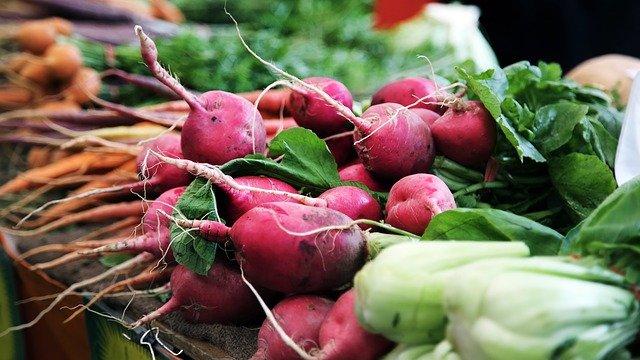Around 1600, Paracelsus, a Swiss philosopher and alchemist, today considered the precursor of modern chemistry, formulate a hypothesis according to which each plant, every fruit existing in nature, had been created to cure our organism, given the similarity of each of them with parts of our body. Lets find how shape of Food Defines its Function
This philosophy was very successful until, coming to modern times, thanks to consumerism, they made us believe that we need other things to feed us, obtaining only the result of increasing a series of pathologies affecting all our organs: from the diabetes, hypertension, colitis, and the list could go on to the most diverse forms of cancer.
Today, science has re-evaluated that ancient hypothesis and several studies have confirmed the healing properties of many foods.
Beans
Recent studies have confirmed that these last ones help to support and to maintain efficient the renal functions. The beans in their appearance look a lot like our kidneys.
Nuts
When dry, they resemble the human brain, divided exactly into two hemispheres and cerebellum with wrinkles and folds that resemble our neo-cortex. Scientists all agree that nuts help and support brain development.
The carrots

If cut in transversal, they look just like a human eye with a lot of pupil, iris and radiating lines. Not even doing it today we know that carrots are able to greatly increase the flow of blood to the eyes, improving visual functions.
Celery
The coast of celery resembles a human bone. Would you believe that the bones composes of 23% sodium exactly the same percentage contained in celery?
The Avocado
Its shape closely resembles the female sexual organs, including the breast, and it is precisely these organs that benefit most from the intake of this fruit. Do you know that to grow the avocado takes nine months, exactly the duration of human gestation?
Mushrooms
A mushroom cut in half looks very much like an ear. Mushrooms are rich in vitamin D, which is very important for bones including very small ones in the ear. Furthermore, recent research has shown that fungi can improve hearing.
Grapes
The grains that compose it resemble the pulmonary alveoli that allow the passage of oxygen from the lungs to the blood. Consuming grapes reduces the risk of emphysema, lung cancer and moreover, the proanthocyanidine contained in this fruit reduces asthma crises.
Ginger
The whole root has just the shape of the stomach and, look a little, for centuries this plant has been used in China to calm stomach ache and to reduce nausea.
Sweet potatoes
They have the shape of a pancreas; they are indicated in case of diabetes, to balance the glycemic index.
The Onions
They are similar in shape to our cells and help the latter to eliminate waste substances. Don’t they even clean their eyes by making them water when we clean them?
We could continue with the list of grapefruits that look like breasts, bananas that resemble the male sexual organ, olives that resemble ovaries, concluding with peanuts that contain Argentine, the main component of Viagra. Hence, it proves that Shape of Food Defines its Function.
Did you expect it?
READ MORE :
